In the course of my former career as a tax practitioner, the extent to which people would go to get around ‘paying their share’, never ceased to amuse me… weird schemes, havens, attempts at money laundering, shady deals through the black economy- the list goes on...
There is a general consensus that governments need to raise revenue in order to create public infrastructure and fund their projects, but who is to pay? how?... and how much?
Graham Keogh in his book ‘History of Doncaster and Templestowe’ comments about the district's toll collection system which to a large extent failed and was abolished in 1877. He writes “man has never regarded the evasion of taxes as particularly sinful, and otherwise honest men derived much satisfaction from dodging the tolls”.
People’s reluctance to pay imposts levied by its rulers has a long history- it is highlighted by upheavals. Namely, the French Revolution and, in the lead up to the American Revolution, Boston’s tax on tea. In the 1860’s, only a short time after miners expressed violent resentment against paying exorbitant licence fees on the Victorian Gold Fields, local authorities seeking to spread outwards beyond the districts of Doncaster, Box Hill and Burwood, were faced with the challenge of funding the construction and maintenance of new and existing roads. As settlements pushed eastwards towards the Lilydale frontier, there was the awareness that the task of collecting tolls was never going to be easy. Although local toll booths were eventually introduced, history shows that not even the stiff penalties inflicted by the Romans could eliminate persistent attempts at avoiding the toll barriers they had set up throughout the Empire. The dissenters had a familiar cry ‘we don’t want to pay…for what have the Romans done for us?’
By the mid-1860s, White Horse Road had become the main route used to open up the East. The road surface was reasonable up to the fledgling township of Box Hill. Beyond that, the road (more like a track) to Lilydale was often quite atrocious - dusty in summer, a muddy bog after rainfall… and potholed all the way. The local Road Boards (later Central Road Board) were faced with the competing demands of their own districts. They needed to raise funds to improve the state of local roads, but the other thoroughfares needed improvement too.
In November 1864, William Yeoman is recorded as first suggesting to the Shire of Nunawading that toll gates on White Horse Road be erected. After due consideration, the first one was installed in December 1865, close to the White Horse Hotel, near the corner of Crossman’s Road (now Elgar Road).
Shortly after, a second toll gate was set up on Delaney’s Road (now Canterbury Road) between Warrigal and Union Road. Funds collected here were shared with the Boroondara Road Board.
On New Year’s Day 1866, after a series of disagreements about the best location, another toll gate was opened at the juncture of Doncaster and Elgar Roads (re photos) with Colin Phillips being appointed as the first Doncaster toll keeper.
And in the following year, a fourth was installed on Ballyshanassy Rd, Ballyshanassy (now Burwood Road, Burwood), close to the present-day Presbyterian Ladies College. These covered the four main roads heading East and all were saddled in quick succession with a toll gate.
Toll keepers were appointed by tender and the government built toll-houses for them to live. The booths were manned 24/7, so not even early morning travellers could avoid paying a toll. There always seemed to be an unwelcome officer on duty. In fact, it was an irritation also for the keepers - having to get up at all hours of the night led them to argue the case that the job was grossly underpaid. The only exception to paying a toll was to be a servant of Government or a minister of religion. Residents going to church were also exempt, so being religious was an advantage - unless you were carrying a bag of fruit to the service. Deemed as marketable goods, any carrier of food was therefore subject to the toll.
In his historical notes taken from Council minute books, Box Hill’s Chief-Librarian, Bert Lewis, describes the toll houses as quickly becoming “uncomfortable and dilapidated”. So as opposition to the toll system grew, it was not just the hostility of those that refused to pay that affected the morale of the hapless toll keepers ‘on the frontline’. While most road users reluctantly paid up, an abusive minority gave vent to their feelings. Andrew Lemon in his landmark book ‘Box Hill’, describes how temporary toll keeper Thomas Gilbertson was labelled “no better than a bushranger” by a hostile traveller.
In order to thwart those taking detours via local bush tracks, a number of ‘check gates’ were erected to block those sneaking around. One of the main check gates was on Moloney’s Road (now Riversdale Road) close to Warrigal Road. So unpopular were these counter-measures that in September 1868 the check-gate was carried off in the middle of the night. Detours around Burwood Cemetery or through private property lead to the loss of so much revenue that Ballyshanassy’s toll raising efforts become difficult to sustain.
The two Box Hill gates were more successful, especially the main one at White Horse Road- and in the end, it was the last to be abolished. Despite all opposition, in 1869 tolls provided over two-thirds of Nunawading Shire’s total income. Lemon writes that when the White Horse Road gate finally did close for good, lodgers at the White Horse Hotel breathed a sigh of relief. Patrons could now sleep without the nightly disturbances caused by travellers threatening the toll keeper, who after all, was just trying to do his job.
It is recorded that the Doncaster Road toll facility intended to collect ‘three pence a horse, sixpence a dray or wagon, and a halfpenny per head of cattle. Sheep, pigs, lambs and goats were eight a penny. The keeper failed to prevent toll evasion because of the tactic of ‘swamping en masse’ - horsedrawn carts would rush the gate at once and push through without paying, leaving him flat-footed. Authorities decided to move the gate to the Koonung Creek Bridge. In 1870, another toll gate was placed at the point where the road to Templestowe intersected with Foote Street. In the continuing game of cat and mouse, a check gate was then erected at the junction of Manningham and Thompsons Roads. Low revenues and civil discontent ultimately caused the gates to be abolished after just a few years.
Within a decade, persistent protest would continue with the similarly ill-fated Electric Tram linking Box Hill and Doncaster. Graham Keogh writes that bitter disputes between 1889 and 1892 led to cases of police intervention - opposing landowners claimed that trippers stole their fruit and “all too often despoiled their gardens and orchards”. Maybe the detested toll system in the Doncaster Hill area had the unintended consequence of setting a precedence for later civil disobedience involving the tram.
By 1878, all the toll gates in the Box Hill district had gone - reluctantly so - by authorities that had become reliant on the stream of revenue. In fact, later that year the Shire Council claimed to have run out of money and the State government was goaded into funding some of the losses. So, as a tool for raising revenue, tolls were useful to a point. It was the execution that became deficient, using irritated and sleep-deprived toll keepers who became the ‘meat in the sandwich’.
You can’t avoid death or taxes - but in the case of the objectors on the Eastern Frontier, they appear to have won out. But not really! Governments just moved on to another seemingly less obtrusive way of raising revenue - on the horizon, there would be income tax, revamped customs and import duties, excise on cigarettes, alcohol and fuel…and in 2000, GST was introduced. Today we drive oblivious through places where tolls once existed. Those that recall history and the pioneering challenges of every age, should never take for granted, that despite the faltering steps, the roads leading eastwards were eventually funded and built.
Source: John Barnao writing in 2024-03 DTHS Newsletter

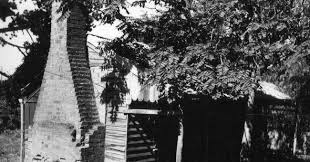

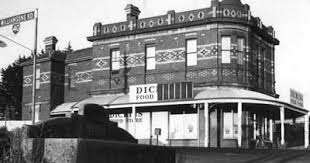
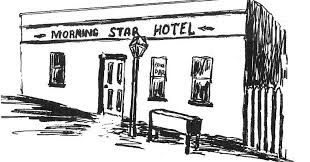

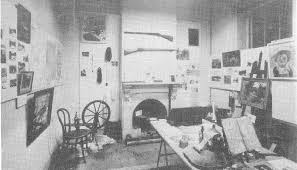
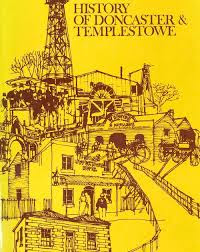
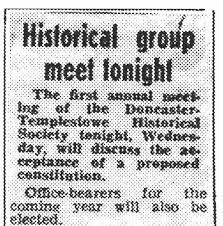
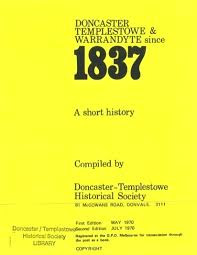
No comments:
Post a Comment